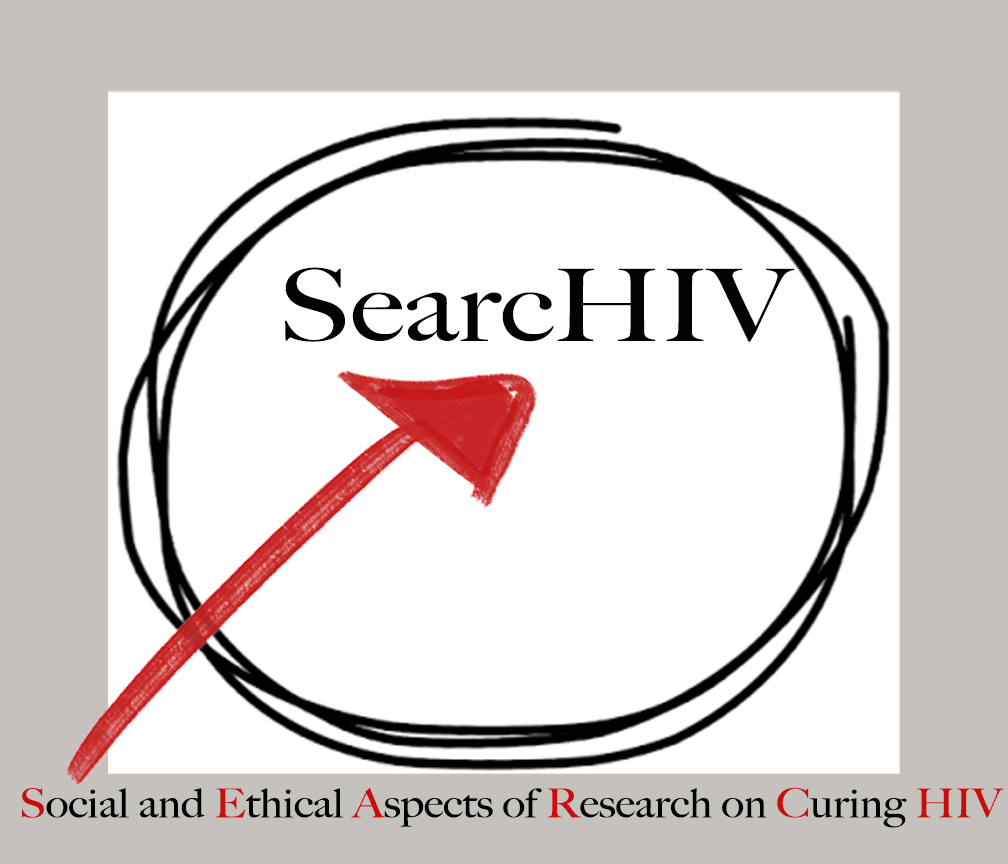By Kali Zhou, MD

I recently read a Shattuck Lecture in the New England Journal of Medicine by renowned global health expert Paul Farmer called “Chronic Infectious Disease and the Future of Health Care Delivery.” Dr. Farmer eloquently depicts healthcare’s journey through tuberculosis treatment and how lessons learned provided a foundation for delivery of antiretrovirals to millions of HIV-infected individuals in resource-poor settings. This story, for me, was certainly not new. The world’s success over the past thirty years in turning HIV from a devastatingly quick disease to a smoldering chronic infection is well known. What struck me the most about the article was Dr. Farmer’s passing of the baton to the world’s next runner: chronic hepatitis C infection (HCV). HCV embodies the notions of a chronic disease; the unglamorous latency of symptoms and social issues that many of its patrons face prevents a far more public outcry. Dr. Farmer readily acknowledges the hurdles that lie ahead: prohibitively expensive medications, poor platforms for advocacy, and systems gaps in linkage to care. But, since we have the HIV model as a predecessor, winning this race should be faster. We are morally held to apply what we’ve already learned from HIV to HCV, a disease that afflicts over 180 million persons worldwide, especially in light of the fact that the treatment is not a salve, but rather a cure.
Unlike HIV, where the idea of “cure” is just beginning to burgeon, the term has been used around HCV for at least two decades since the advent of interferon-based therapy. Why is HCV still such a prevalent health issue around the world despite the promise indicated by the word cure? Interferon and ribavirin, the medications that have been used to treat HCV, unfortunately are difficult to give and even more challenging to take. The cure was also never a durable one. To have a patient suffer through the treatment only to have it fail often felt more like harm than beneficence. Over the last several years, clinicians have been whispering at the bedside to “wait another year, there is hope for a better drug.”
The hope is finally here. With the introduction of direct acting agents, the opportunity exists to provide a highly effective, oral, and interferon-free cure to HCV patients. While the obstacles that Dr. Farmer raise are still ahead, we’re definitely one step closer. Our next goal should be to spur the world to make eradication of HCV a sprint, rather than a walk, to the finish line.

